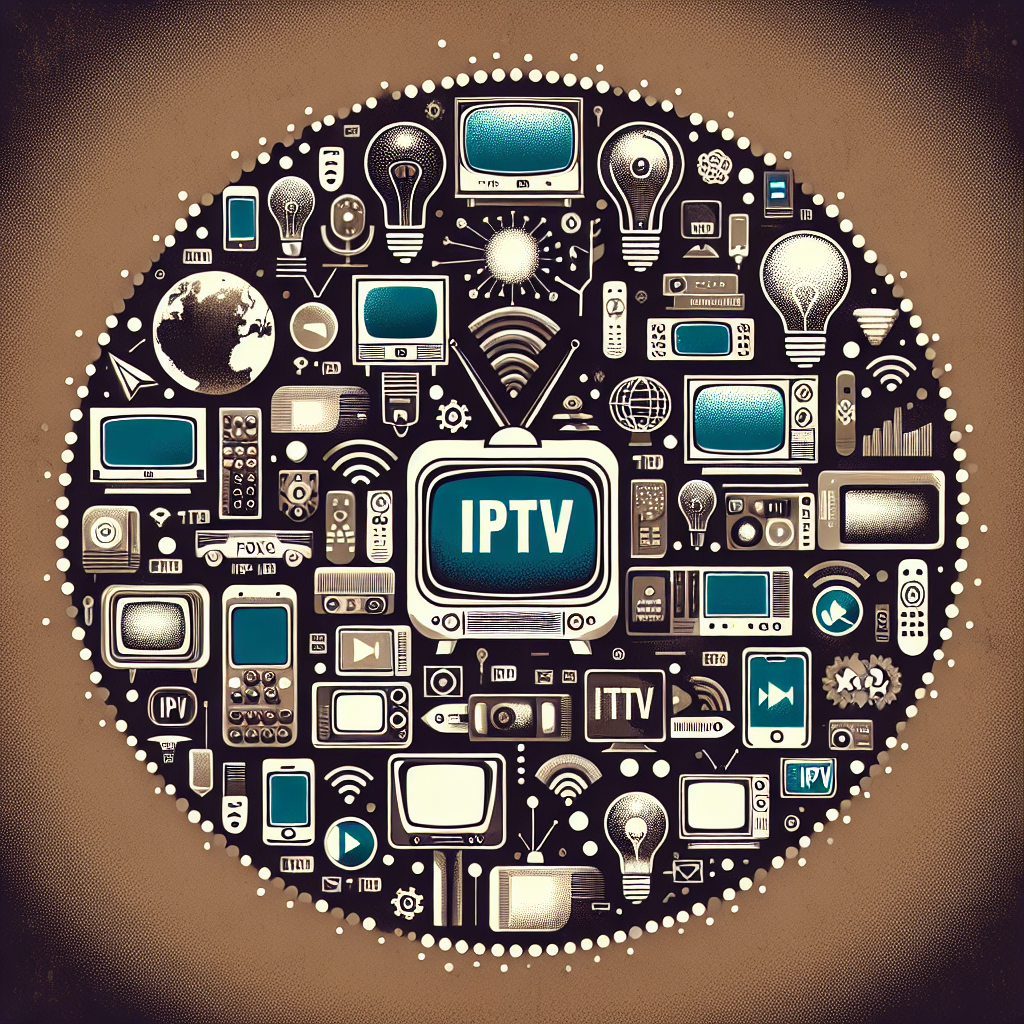IPTV, or Internet Protocol Television, has come a long way since its inception. From its humble beginnings to its current popularity, IPTV has revolutionized the way we consume television and video content. Let’s take a closer look at the evolution of IPTV and how it has become a mainstream form of entertainment.
IPTV first emerged in the early 2000s as a way to deliver television content over the internet. At the time, traditional cable and satellite TV were the dominant forms of television distribution, but IPTV offered a new and innovative way to watch TV. By utilizing the internet to deliver content, IPTV providers were able to offer a wider range of channels and on-demand content at a lower cost than traditional TV services.
In the early days, IPTV was primarily used by tech-savvy individuals and early adopters who were looking for an alternative to cable and satellite TV. However, as internet speeds and technology improved, IPTV began to gain popularity among a wider audience. Today, millions of people around the world use IPTV services to watch their favorite shows, movies, and sports events.
One of the key factors driving the popularity of IPTV is the convenience and flexibility it offers. With IPTV, viewers can access their favorite content on multiple devices, including smartphones, tablets, smart TVs, and streaming devices. This means that viewers can watch TV anytime, anywhere, and on any device, making it a convenient option for busy, on-the-go lifestyles.
Another factor contributing to the popularity of IPTV is the wide range of content available. IPTV providers offer a vast selection of channels, including sports, news, entertainment, and international programming. In addition, many IPTV services also offer on-demand content, allowing viewers to watch their favorite shows and movies whenever they want.
As IPTV continues to evolve, we can expect to see even more advancements in the technology and features offered. For example, some IPTV providers are now offering 4K and HDR content, as well as interactive features like voice control and personalized recommendations. Additionally, the rise of IPTV streaming services like Netflix, Hulu, and Amazon Prime Video has further fueled the popularity of IPTV, as viewers increasingly turn to online streaming for their entertainment needs.
In conclusion, the evolution of IPTV from its origins to its current popularity has been nothing short of remarkable. With its convenience, flexibility, and wide range of content options, IPTV has become a mainstream form of entertainment that is here to stay. As technology continues to advance, we can only expect IPTV to become even more popular and accessible in the years to come.


Leave a Reply